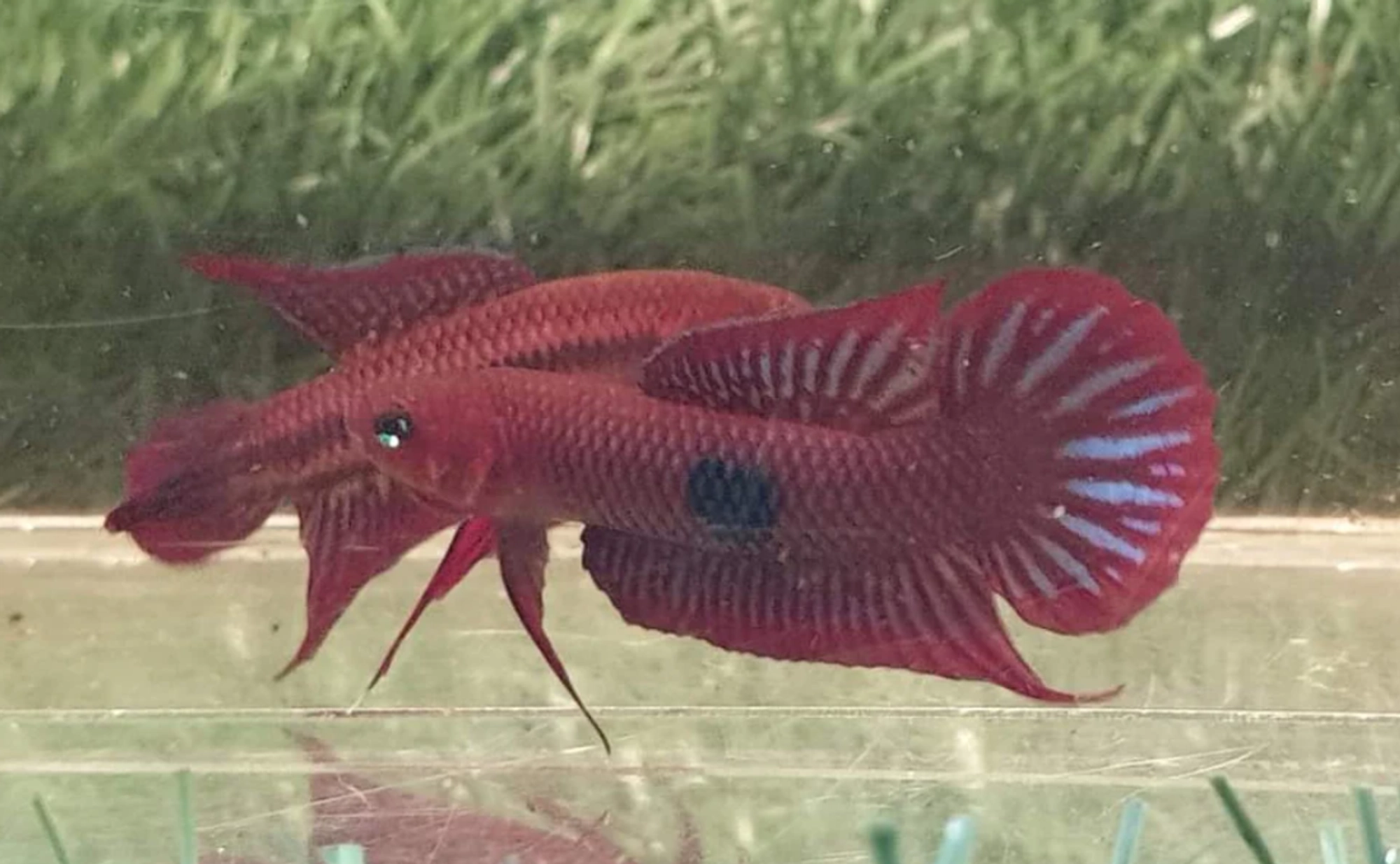
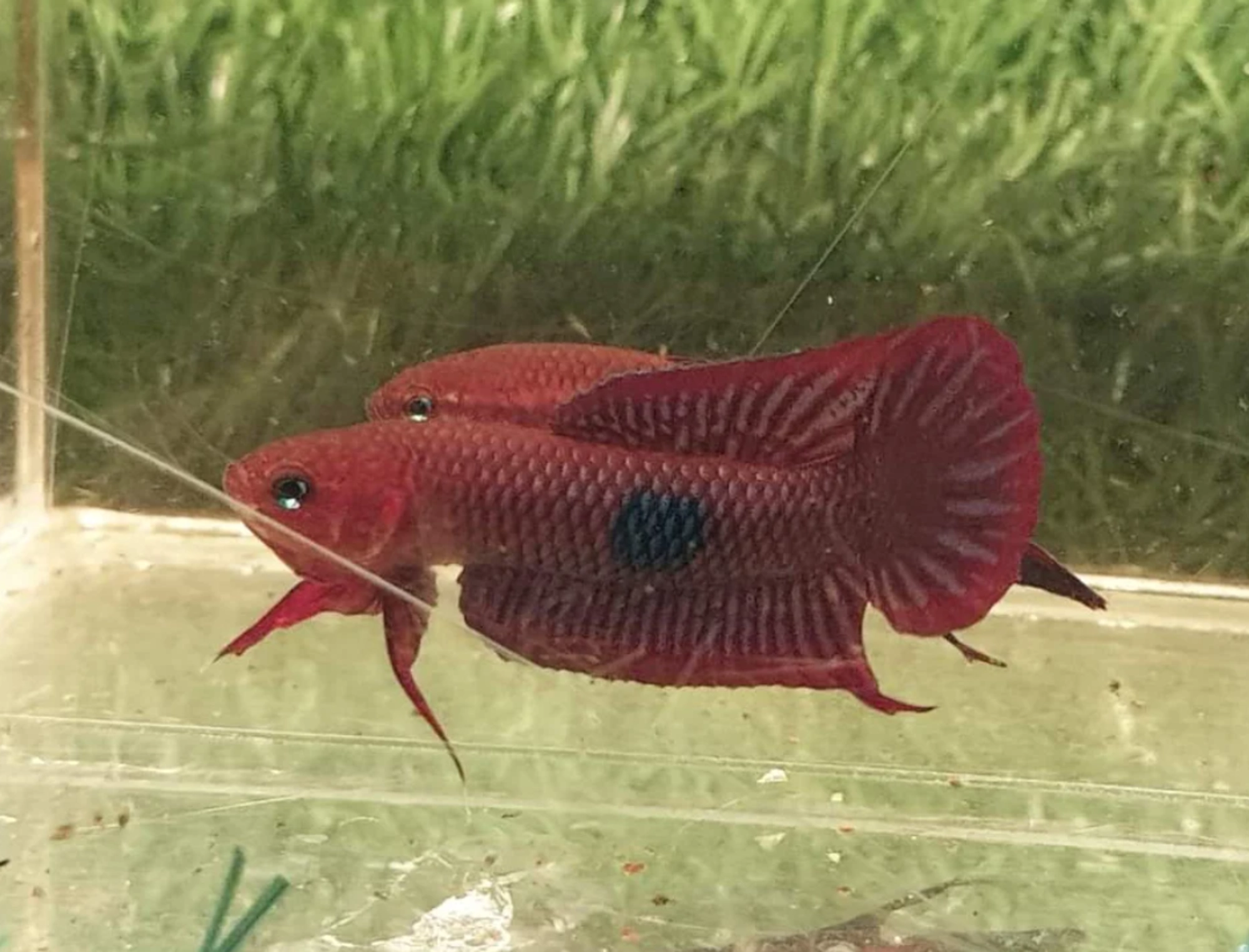
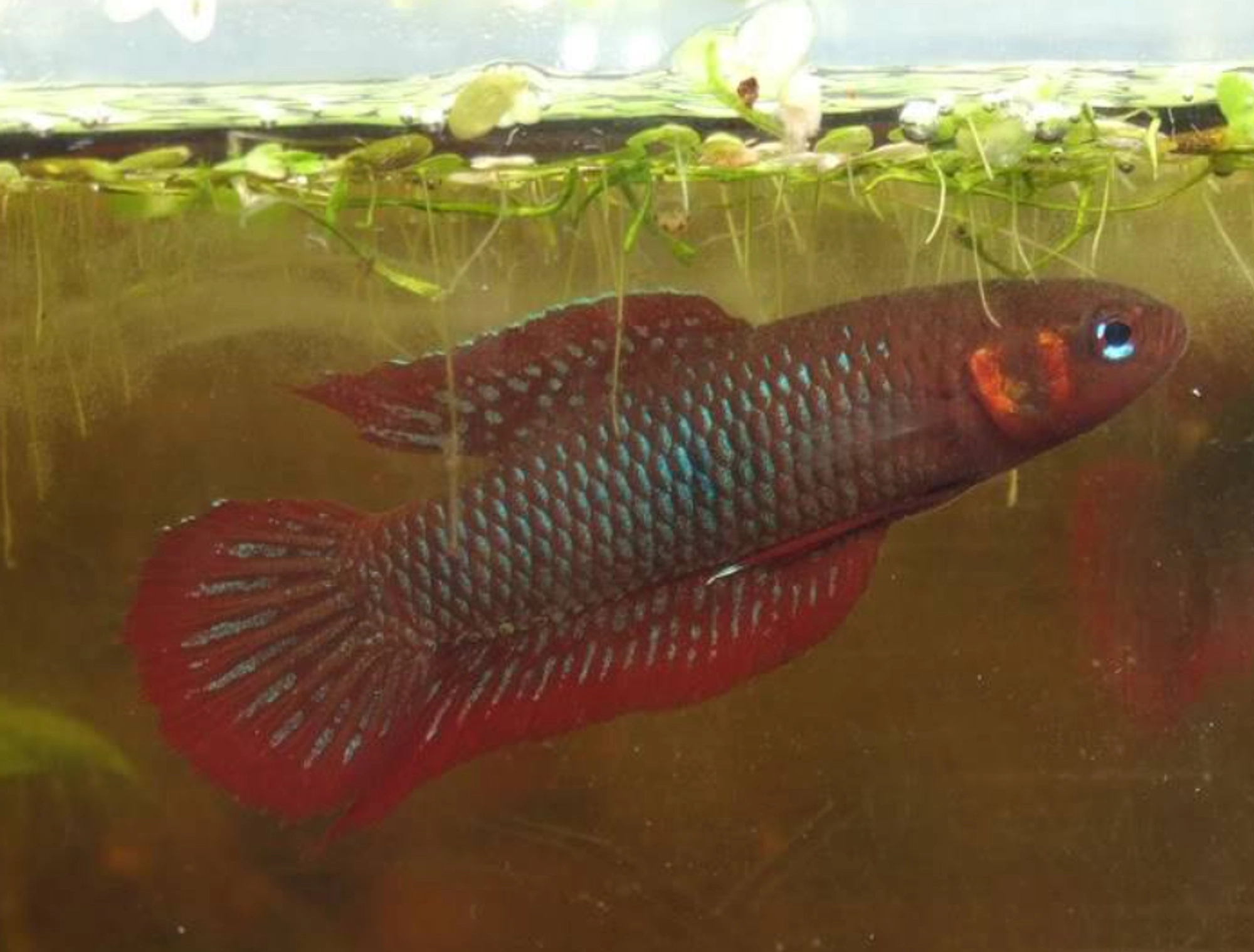
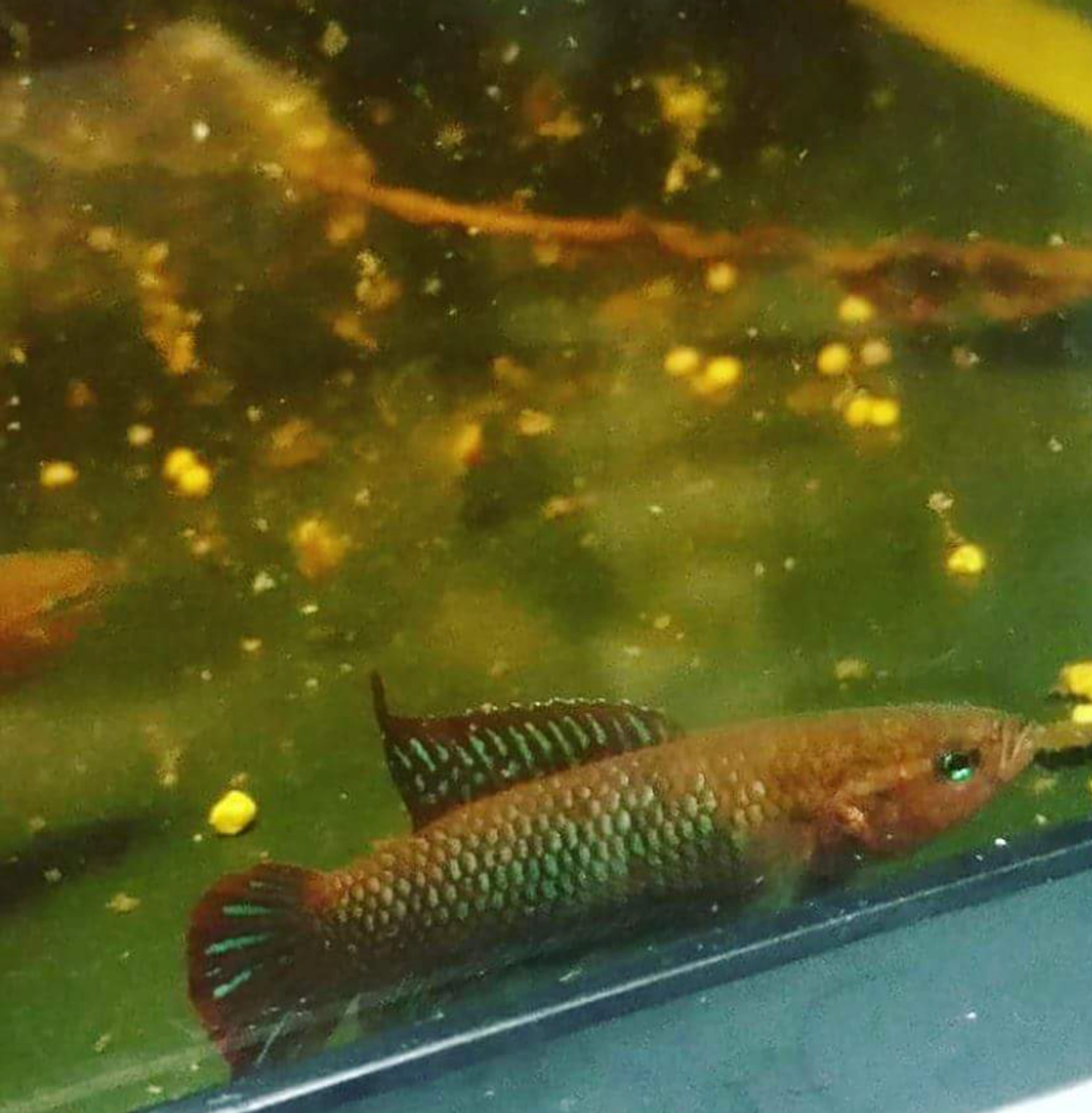
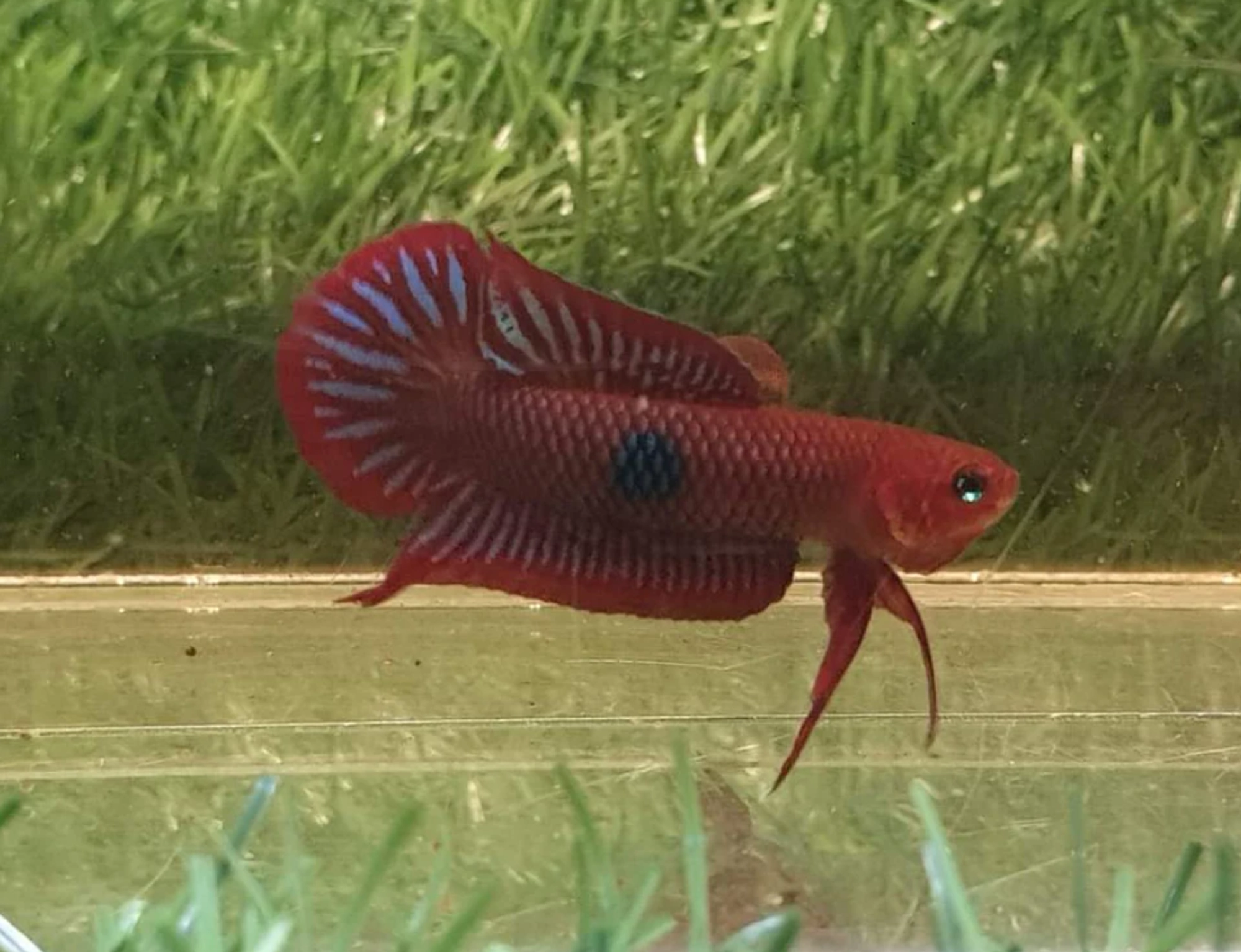





Product Details

Size
3cm - 3.6cm
Betta uberis
Etymology
Betta: from ikan betah, the vernacular Malay for species of this genus.
uberis: from the Latin uber, meaning ‘abundant’, in reference to the high number of dorsal-fin rays in this species compared with congeners.
Distribution
The majority of records pertain to an area sandwiched between the lower Arut and Kumai rivers, south of the towns of Pangkalan Bun and Kumai in Kalimantan Tengah (Central Kalimantan) province, Borneo, Indonesia. Addditional collections have taken place in the Sampit river basin to the east, and several hundred kilometres further north in Sukadana district Kalimantan Barat (West Kalimantan) province.
Type locality is ‘Indonesia: Borneo: Kalimantan Tengah: Arut basin: Pankalanbun’, with the specimens having been obtained from the aquarium trade.
Habitat
A stenotopic inhabitant of peat swamp forests and associated streams. The dense canopy of branches above means very little light penetrates the surface of such environments, although they are increasingly disturbed by human activity.
The water is typically stained darkly with humic acids and other chemicals released by decaying organic material. The dissolved mineral content tends to be negligible and pH can be as low as 3.0 or 4.0.
The substrate is usually covered by fallen leaves, branches and submerged tree roots and at certain times of year the fish may be forced to survive within the moist leaf litter for several weeks since permanent water is not always available.
Maximum Standard Length
30 – 36 mm.
Aquarium Size
An aquarium with base measurements of 45 ∗ 30 cm or equivalent should be the minimum considered.
Maintenance
Can be maintained in a fully-decorated aquarium although many breeders prefer not to use a substrate for ease of maintenance. Driftwood roots and branches can be used and placed such a way that a few shady spots are formed, while clay plant pots or lengths of piping can also be included to provide further shelter.
The addition of dried leaf litter offers additional cover and brings with it the growth of microbe colonies as decomposition occurs. These can provide a valuable secondary food source for fry, while tannins and other chemicals released by the decaying leaves are considered beneficial for fishes from blackwater environments. There is no need to use natural peat, however, the collection of which is both unsustainable and environmentally-destructive.
Like others in the genus this species seems to do best under fairly dim lighting. Aquatic plant species that can survive under such conditions include Microsorum, Taxiphyllum or Cryptocoryne spp., while floating vegetation is also appreciated by the fish.
This species requires acidic conditions with negligible carbonate hardness and very low general hardness, meaning a reverse osmosis unit or other method of obtaining soft water may need to be employed. This can be further acidified using phosphoric acid or similar if necessary.
As it naturally inhabits sluggish waters filtration should not be too strong, with an air-powered sponge filter set to turn over gently adequate. Keep the tank well-covered and do not fill it to the top as like all Betta spp. it requires occasional access to the layer of humid air that will form above the water surface, and is an excellent jumper.
Water Conditions
Temperature: 22 – 27 °C
pH: 4.0 – 6.0
Hardness: 18 – 90 ppm
Diet
Likely to prey on small aquatic and terrestrial invertebrates in nature.
Captive fish will normally accept dried products once they are recognised as edible, but should be offered plenty of small live or frozen foods such as Daphnia, Artemia or chironomid larvae (bloodworm) regularly to ensure development of optimal colour and condition.
Take care not to overfeed as Betta spp. seem particularly prone to obesity.
Behaviour and Compatibility
Not recommended for the standard community aquarium. Its care requirements and disposition mean it is best kept alone or with very peaceful species. Some small cyprinids and loaches that inhabit similar environments in nature are suitable, but proper research prior to purchase is essential and in most cases it is best maintained alone.
Mixed reports exist as to whether it can be maintained in multiple pairs or harem-type groups comprising a single male alongside several females.
Some observe that although some chasing and squabbling over territory occurs actual physical damage is rare, while others recommend keeping it in single pairs having observed sustained aggression towards conspecifics from the dominant individuals in a group.
Sexual Dimorphism
Males are more colourful and develop more-extended fins than females as they mature.
Reproduction
Bubble nester. It is particularly important to provide plenty of cover for the female, and empty camera film canisters or lengths of plastic tubing can be used to offer potential nesting sites. Floating plants may be incorporated into the nest if present.
The aquarium should have the tightest-fitting cover possible (some breeders use clingfilm/plastic wrap) because the fry need access to a layer of warm, humid air without which development of the labyrinth organ can be impaired.
The pair need not be separated prior to spawning. The male might construct the nest in a tube or canister, under a broad plant leaf or among fine-leaved surface vegetation, and will not usually tolerate the female in the vicinity until it is complete.
The nuptial female becomes paler in colour and dark bars appear on the flanks. Spawning normally occurs beneath the nest in an ’embrace’ typical of osphronemids, with the male wrapped around the female.
At the point of climax milt and a few eggs are released, which the female proceeds to catch between pelvic fins and body. The male then transfers these to the nest while the female recovers any loose eggs. The process is then repeated until the female is spent. This is not a particularly prolific species with less than 20 eggs being typical although bigger broods of up to 50 are not uncommon.
Post-spawning the adults can normally be left in situ although the female is no longer actively involved, the male assuming sole responsibility for guarding and tending the nest.
The eggs hatch in 24-48 hours, remaining in the nest for a further 3-4 days until the yolk sac is fully-absorbed, the male continuing to collect and return any that fall. Once the fry begin to swim freely the male will lose interest, but the adults do not usually eat their offspring.
The fry are large enough to accept motile foods such as microworm and Artemia nauplii immediately, though it should be noted that there exist reports of young Betta developing health issues if fed excessive amounts of the latter. Water changes should be small and regular rather than large and intermittent.
Betta Uberis
Product Options
male
female
Delivery
Quantity
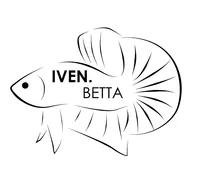 Iven Betta Bukit Timah Clementi
Iven Betta Bukit Timah Clementi Aquarium Fishes, Tanks & Supplies From Iven Betta Bukit Timah Clementi


 SG
SG



